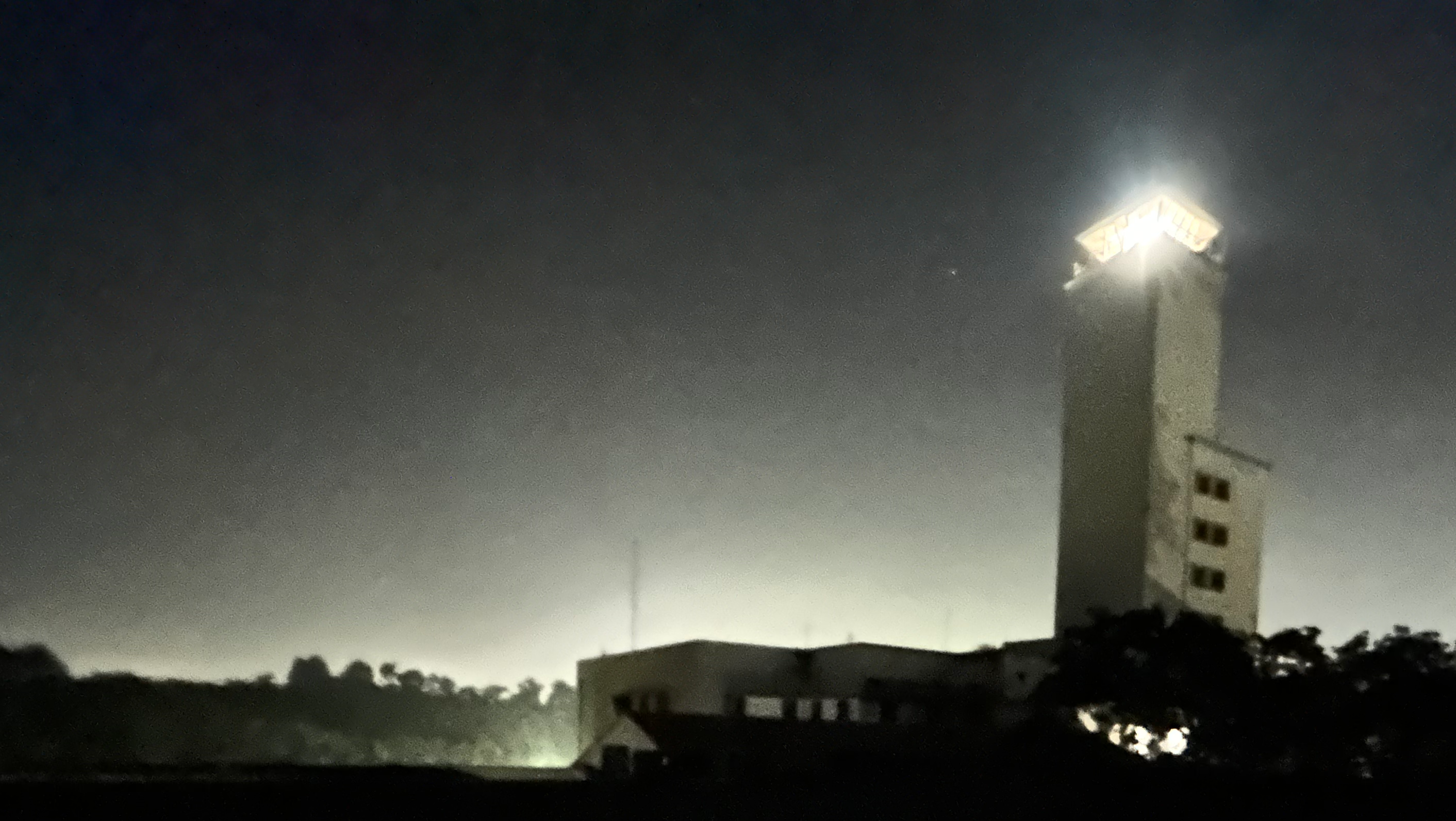About Me
I’m an MS student at the MLD at SCS,
CMU. I've joined Prof. Pradeep Ravikumar's group. These days, I mostly
work on representation learning. My overarching agenda is to discover learning paradigms that are
democratic & usable in some sense.
C’est moi.

Pragmatically, I try to develop mathematical and computational tools with the goal of disentangling aleatoric natural variation
from the epistemic universal truths that ground it. Recently, I have been working on some exciting problems at the intersection of
variational inference, experimental design, generative models and SSL.
Besides machine learning, my background also includes some systems (I particularly enjoy aspects related to security
and performance modelling), communication theory and robotics. I recently graduated from
IIT Kharagpur. After 5 years of pain, I got a B.Tech in ECE and M.Tech in
Vision & Intelligent Systems
(from the E&ECE department), and a minor in CS (from the
CS&E department). There, I got my start working on robot perception
with the AGV research group supervised by Prof.
Debashish Chakravarty.
The post-CoViD funding winter sowed the seeds of my pursuit of democratic and usable ML.
Supported by an NSF REU, I worked on greedy and distributed learning with Prof. David Inouye at Purdue, which is a direction I
brought back to AGV. Enabled by support from Boeing and the IITKGP Foundation USA, I worked on Amelia
at CMU SCS’ RI, writing fast map-matching algorithms and hacking away at LLM-logic feedback loops. For my 5th year M.Tech project I worked with
Prof. Saumik Bhattacharya on probabilistic symbolic representations and conformal prediction.
In my free time, I enjoy playing and watching sports (especially basketball). I helped IIT KGP bag gold at an inter-IIT tech meet (indoor drone nav)
and 2 cultural meets (word games and the likes). I also hope to get back into competitive programming (though I've only formally participated in one
competition-- when I was in HS) and CTFs (inspired by Prof. Mainack Mondal’s brilliant infosec
course). Though I was born in Baltimore, I grew up in the wonderful Hauz Khas,
New Delhi, India; I visit as often as I can.
back (home) · forth (work)
Work

I'll update this section as I take up projects in grad school. If you are interested in my earlier
work (mostly on MLSys and robot perception), please consult my
Google Scholar profile.
For smaller and not yet-published projects, click here.
For samples of my code, check out my
GitHub profile. It doesn't have the best of my work
(let alone all of it), but there's something. As things have turned out, Python is the lingua franca
of the ML community, so I've been writing a lot of Python since ~2020. Of late, I've also been trying
to integrate C++, and (more interestingly) Haskell in my intermediate and backend code. There
is so much data manipulation that bootstraps most research ML code. There, faster computation and type
safety is a boon.
back (about) ·
google scholar ·
forth (play)



